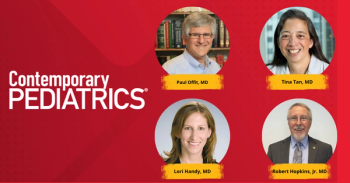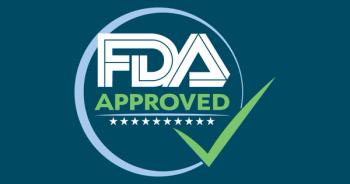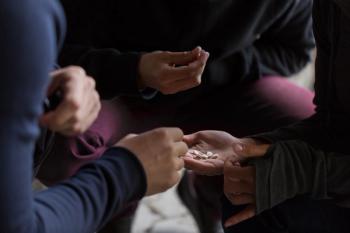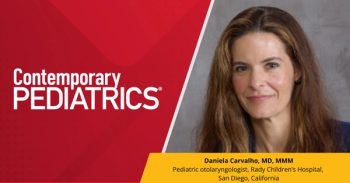
Centanafadine shows efficacy and tolerability for pediatric ADHD in phase 3 trial
High-dose centanafadine significantly improved ADHD symptoms in children aged 6 to 12 years and was well tolerated, according to findings from a phase 3 clinical trial.
A 6-week, multicenter, double-blind, placebo-controlled phase 3 clinical trial found that high-dose centanafadine (CTN), a norepinephrine-dopamine- serotonin reuptake inhibitor (NDSRI), significantly improved symptoms of attention-deficit/hyperactivity disorder (ADHD) in children aged 6 to 12 years compared with placebo. Results of the study were published in Pediatrics Open Science.
CTN is an investigational, once-daily, extended-release treatment currently under development for ADHD in pediatric and adult populations. Findings from previous trials in adults have demonstrated its safety and efficacy. In this study, the primary end point was the mean change from baseline to week 6 in ADHD Rating Scale–5 (ADHD-RS-5) total raw scores.
A total of 480 participants were randomly assigned to receive either weight-based low-dose CTN (n = 154), high-dose CTN (n = 162), or placebo (n = 164). At week 6, the mean change from baseline in ADHD-RS-5 total scores was –16.3 (SE, 1.2) for the high-dose group compared with –10.8 (SE, 1.2) for placebo (P < .001). The effect was evident as early as week 1 and maintained through week 6. The low-dose group showed a mean score reduction of –13.5 (SE, 1.2), which was not statistically significant compared with placebo (P = .10).
“High-dose CTN showed separation from placebo as early as week 1, the first postbaseline time point, with the effect maintained throughout the study period,” the authors wrote.
High-dose CTN also significantly improved ADHD symptoms of inattention, hyperactivity/impulsivity, and executive functioning as measured by the Conners 3–Parent Short Form content scales. In contrast, changes in Clinical Global Impression of Severity (CGI-S-ADHD) scores at week 6 did not differ significantly across groups.
The trial assessed response rates based on 30%, 40%, and 50% reductions in ADHD-RS-5 scores and found significantly higher response in the high-dose CTN group vs placebo. Notably, 34% of participants in the high-dose CTN group achieved a reduction of 18 points or more in ADHD-RS-5 scores compared with 23% in the placebo group (P < .05).
The safety population included 457 participants. Treatment-emergent adverse events (TEAEs) occurred in 39% of the high-dose group, 35% of the low-dose group, and 25% of the placebo group. The most commonly reported TEAEs were decreased appetite (5%), rash (3%), and vomiting (3%). All events were mild to moderate in severity, with 1 severe event (appendicitis) unrelated to the study drug.
Serious adverse events were rare. One participant in the high-dose group and 3 participants in the low-dose group experienced serious TEAEs, including suicide attempts and anxiety attacks. No deaths were reported. Six percent of participants in the high-dose group and 3% in the low-dose group discontinued treatment due to adverse events.
“The AE profile indicated a low likelihood of abuse,” the authors noted.
Limitations of the study include its short duration, lack of an active comparator, and generalizability constraints due to trial site location and exclusion of certain comorbidities. Long-term studies are needed to assess durability of response and ongoing safety.
“The NDSRI CTN was found to be safe and well tolerated for the treatment of ADHD in children aged 6 to 12 years,” the authors concluded. “This study found that the high dose was efficacious for the short-term treatment of ADHD in the population studied.”
Reference
Ward CL, Wilens TE, Jin N, Turkoglu O, Skubiak T, Childress AC. Efficacy and safety of centanafadine for ADHD treatment in children: a randomized clinical trial. Pediatr Open Sci. 2025;1(3):1-11. doi:10.1542/pedsos.2024-000349
Newsletter
Access practical, evidence-based guidance to support better care for our youngest patients. Join our email list for the latest clinical updates.







